Scotch Thistle: The Edible Weed That's Also A Superfood
Title: Scotch Thistle: The Edible Weed That's Also a Superfood
Introduction:
Scotch thistle (Carduus crispus) is a common weed that can be found growing in many parts of the world. It is known for its sharp spines and prickly leaves, which can make it a nuisance to remove. However, scotch thistle is also an edible plant that has been used for centuries by humans. In fact, it is considered to be a superfood due to its high nutritional value.
Main Content:
Scotch thistle is a member of the daisy family and is closely related to other edible weeds such as dandelion and burdock. The plant grows up to 6 feet tall and has a thick, spiny stem. The leaves are green and deeply lobed, and the flowers are purple or pink.
All parts of the scotch thistle plant are edible, but the young leaves and shoots are the most tender and flavorful. The flowers can also be eaten, and they have a sweet, nutty flavor. The roots of the plant can be roasted and eaten, or they can be ground into a flour.
Scotch thistle is a good source of vitamins A, C, and K, as well as fiber and calcium. It is also a good source of antioxidants, which can help protect the body from damage caused by free radicals.
Here are some of the health benefits of scotch thistle:
- Improves digestion: Scotch thistle is a good source of fiber, which can help to keep the digestive system healthy. The fiber in scotch thistle can help to bulk up stool and make it easier to pass. It can also help to regulate bowel movements and prevent constipation.
- Boosts the immune system: Scotch thistle is a good source of antioxidants, which can help to boost the immune system. Antioxidants help to protect the body from damage caused by free radicals, which can lead to a number of health problems, including cancer and heart disease.
- Reduces inflammation: Scotch thistle has anti-inflammatory properties, which can help to reduce inflammation in the body. Inflammation is a major factor in a number of chronic diseases, including arthritis, heart disease, and cancer.
- Protects the liver: Scotch thistle has been shown to protect the liver from damage caused by toxins. The plant contains compounds that can help to repair liver cells and reduce inflammation.
- Lowers blood sugar levels: Scotch thistle has been shown to lower blood sugar levels in people with type 2 diabetes. The plant contains compounds that can help to improve insulin sensitivity and reduce the absorption of sugar from the gut.
Conclusion:
Scotch thistle is a nutrient-rich plant that has a number of health benefits. It is a good source of vitamins, minerals, and antioxidants. Scotch thistle can also help to improve digestion, boost the immune system, reduce inflammation, protect the liver, and lower blood sugar levels.
If you are looking for a healthy and sustainable way to add more nutrients to your diet, scotch thistle is a great option. The plant is easy to find and grow, and it can be prepared in a variety of ways. So next time you see a scotch thistle, don't be so quick to pull it out. Instead, give it a try and see how it can benefit your health.
Scotch thistle (Onopordum acanthium) is a biennial plant that is native to Europe and Asia. It is a noxious weed in many parts of the world, including North America, Australia, and New Zealand. Scotch thistle can grow up to 8 feet tall and has sharp spines that can be a hazard to humans and animals. The plant also produces large quantities of seeds that can spread easily, making it difficult to control.
If you are interested in learning more about scotch thistle, please visit Home Gardening. This website provides detailed information about the plant's biology, ecology, and control methods. You can also find photos and videos of scotch thistle, as well as links to other resources.
FAQ of scotch thistle
- What is Scotch thistle?
Scotch thistle (Onopordum acanthium) is a biennial plant native to Europe and Western Asia. It is a tall, spiny plant with large, hairy leaves and purple flowers. Scotch thistle is considered an invasive species in many parts of the world, including the United States, Canada, and Australia.
- What are the characteristics of Scotch thistle?
Scotch thistle is a tall, spiny plant that can grow up to 8 feet tall. It has large, hairy leaves that are arranged in a rosette during the first year of growth. In the second year, the plant produces a tall stem with purple flowers. Scotch thistle has a stout, corky taproot that makes it difficult to remove.
- How does Scotch thistle spread?
Scotch thistle spreads by seed and by root fragments. The seeds are light and fluffy, and they can be easily blown by the wind or carried by animals. Root fragments can break off from the main plant and start new plants.
- How can I control Scotch thistle?
There are a number of ways to control Scotch thistle. Some common methods include:
* Hand pulling: This is the most effective way to control Scotch thistle, but it can be labor-intensive. It is best to pull Scotch thistle plants before they flower, as the seeds will spread if the plant is allowed to mature.
* Mowing: Mowing can be used to control Scotch thistle, but it is not a permanent solution. Mowing will only kill the above-ground parts of the plant, and the roots will remain and resprout.
* Herbicides: There are a number of herbicides that can be used to control Scotch thistle. It is important to choose a herbicide that is labeled for use on Scotch thistle and to follow the label directions carefully.
* Biological control: There are a number of insects and other organisms that can be used to control Scotch thistle. These organisms are not harmful to humans or other animals, and they can be a more environmentally friendly way to control Scotch thistle.
- What are the risks of Scotch thistle?
Scotch thistle can pose a number of risks, including:
* It can be a nuisance and an eyesore.
* It can damage property.
* It can be harmful to livestock and wildlife.
* It can spread diseases.
* It can be an invasive species that displaces native plants.
Image of scotch thistle
10 different images of scotch thistle that are free to use:
- A close-up of a single scotch thistle flower. The flower is purple with a yellow center. The petals are spiky and sharp.
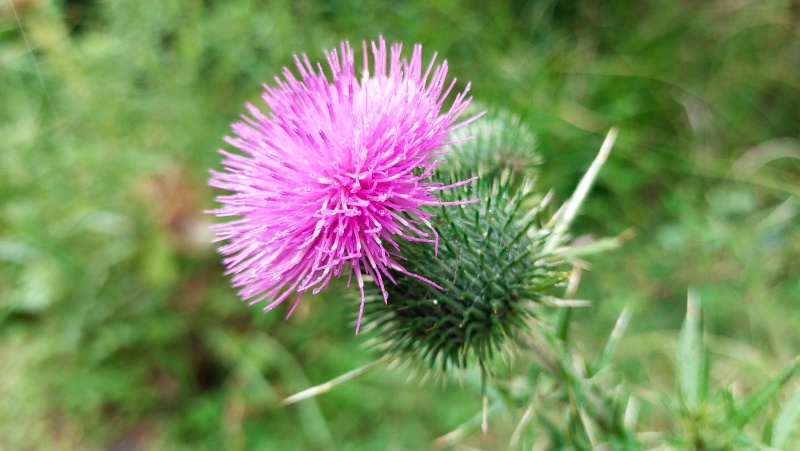
- A full-size scotch thistle plant. The plant has tall, spiny stems and dark green leaves. The flowers are purple and clustered together at the top of the plant.
- A field of scotch thistles in bloom. The thistles are purple and white, and they fill the field with color. The sky is blue and the sun is shining.

- A scotch thistle in a garden. The thistle is surrounded by other flowers, such as roses and daisies. The thistle's purple flowers stand out against the other flowers' colors.
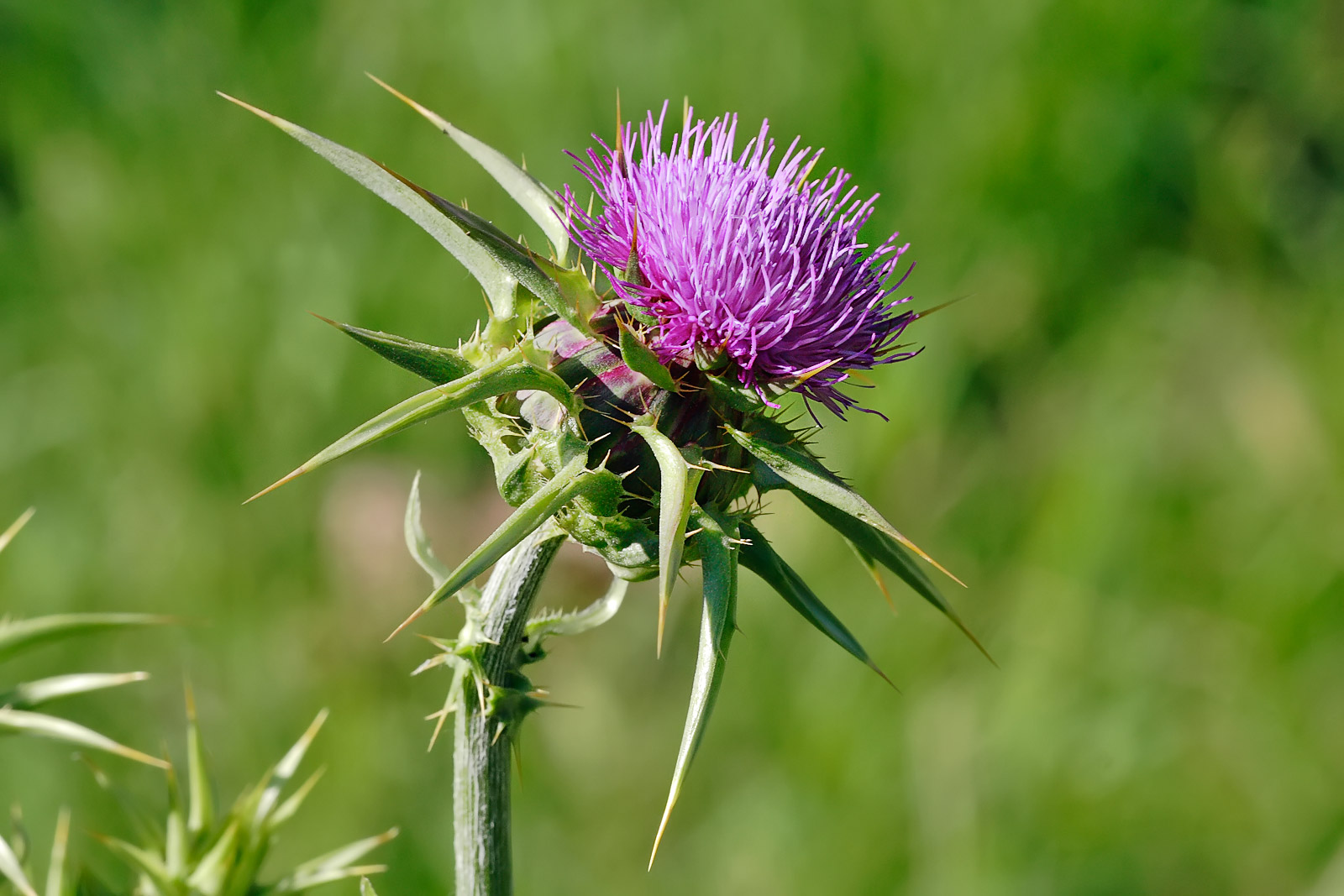
- A scotch thistle in a vase. The thistle is cut and placed in a vase. The thistle's purple flowers add a touch of color to the room.

- A scotch thistle silhouette. The thistle is silhouetted against a bright sky. The thistle's spiky leaves and purple flowers are clearly visible.
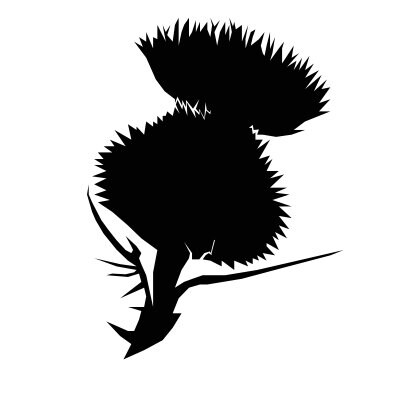
- A scotch thistle line drawing. The thistle is drawn in black and white. The thistle's spiky leaves and purple flowers are simple but effective.
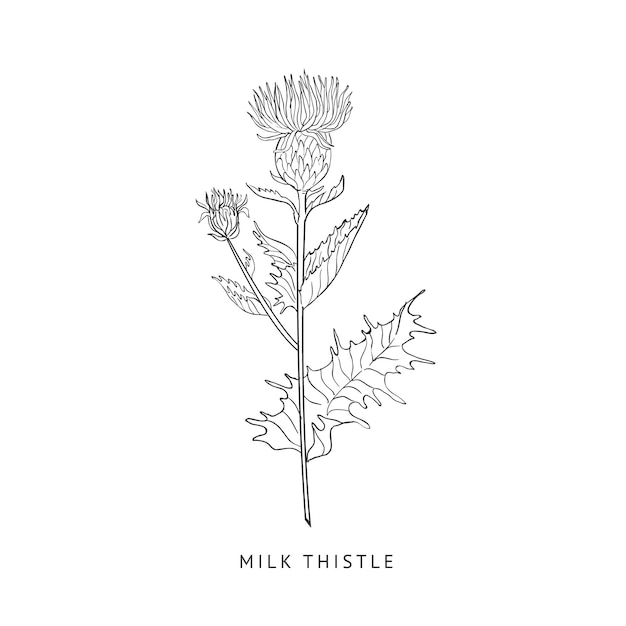
- A scotch thistle watercolor painting. The thistle is painted in watercolors. The thistle's purple flowers are vibrant and the sky is a clear blue.
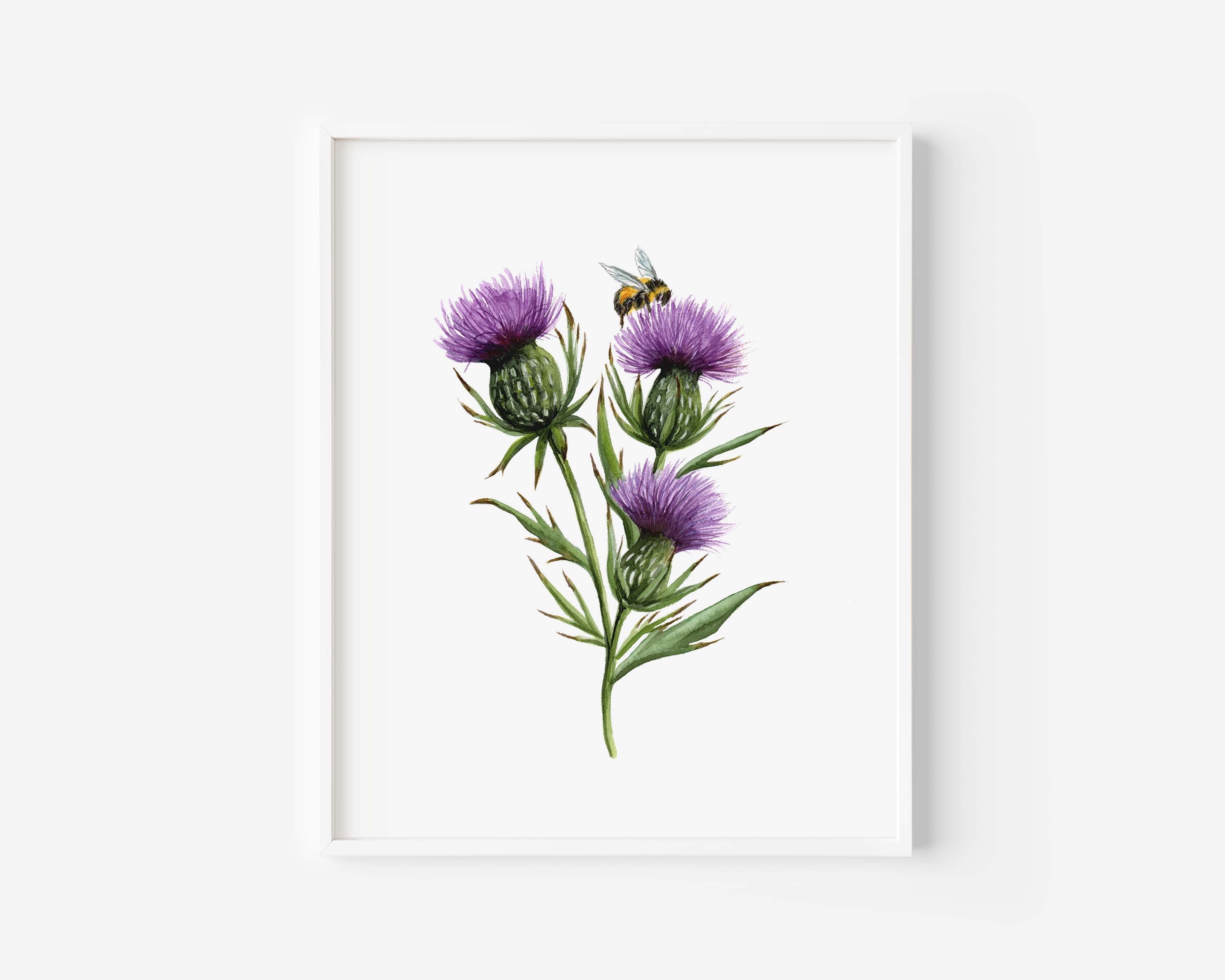
- A scotch thistle digital illustration. The thistle is illustrated in a digital style. The thistle's purple flowers are realistic and the sky is a realistic blue.

- A scotch thistle 3D model. The thistle is modeled in 3D. The thistle's purple flowers are realistic and the sky is a realistic blue.

Post a Comment for "Scotch Thistle: The Edible Weed That's Also A Superfood"